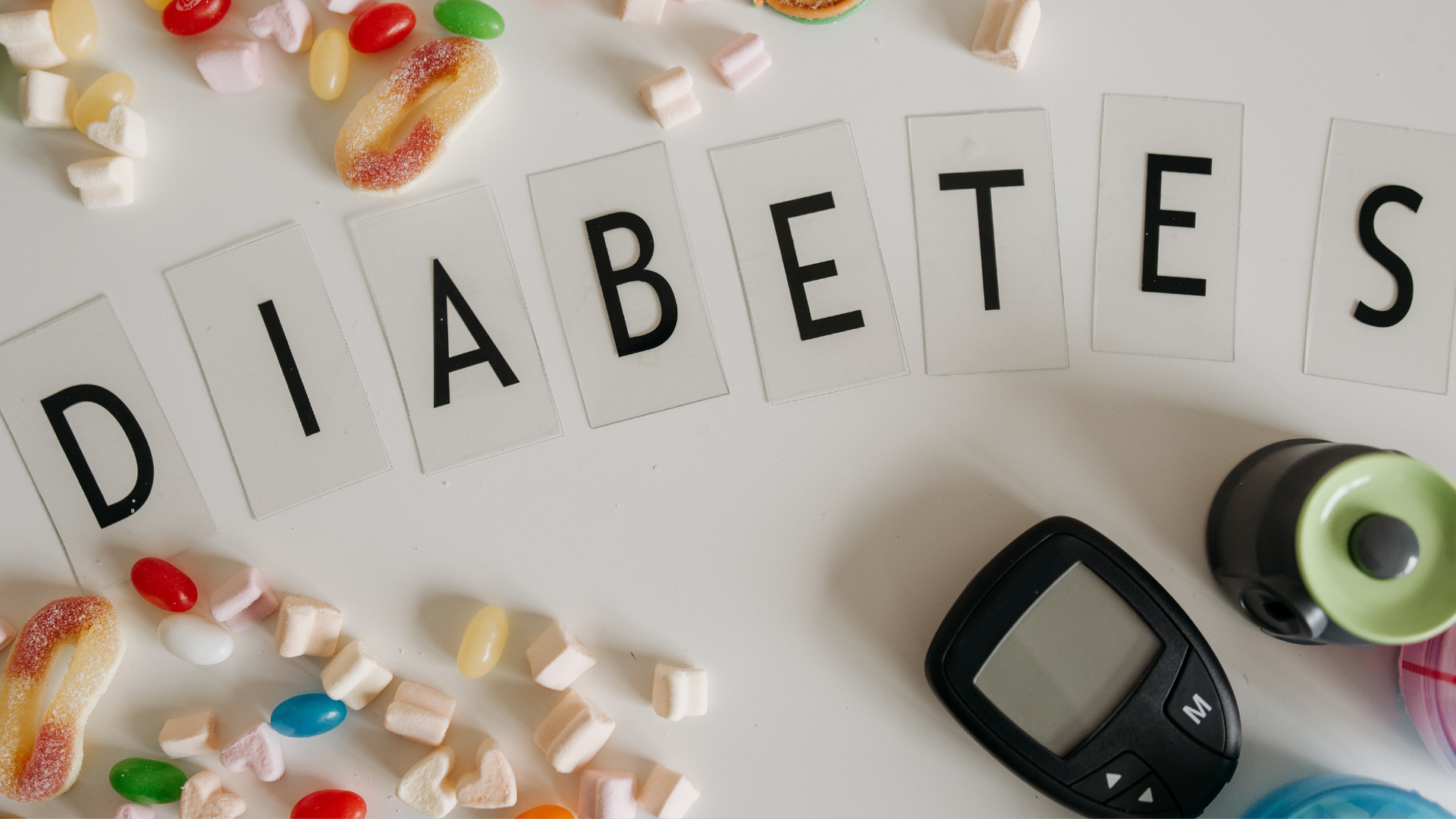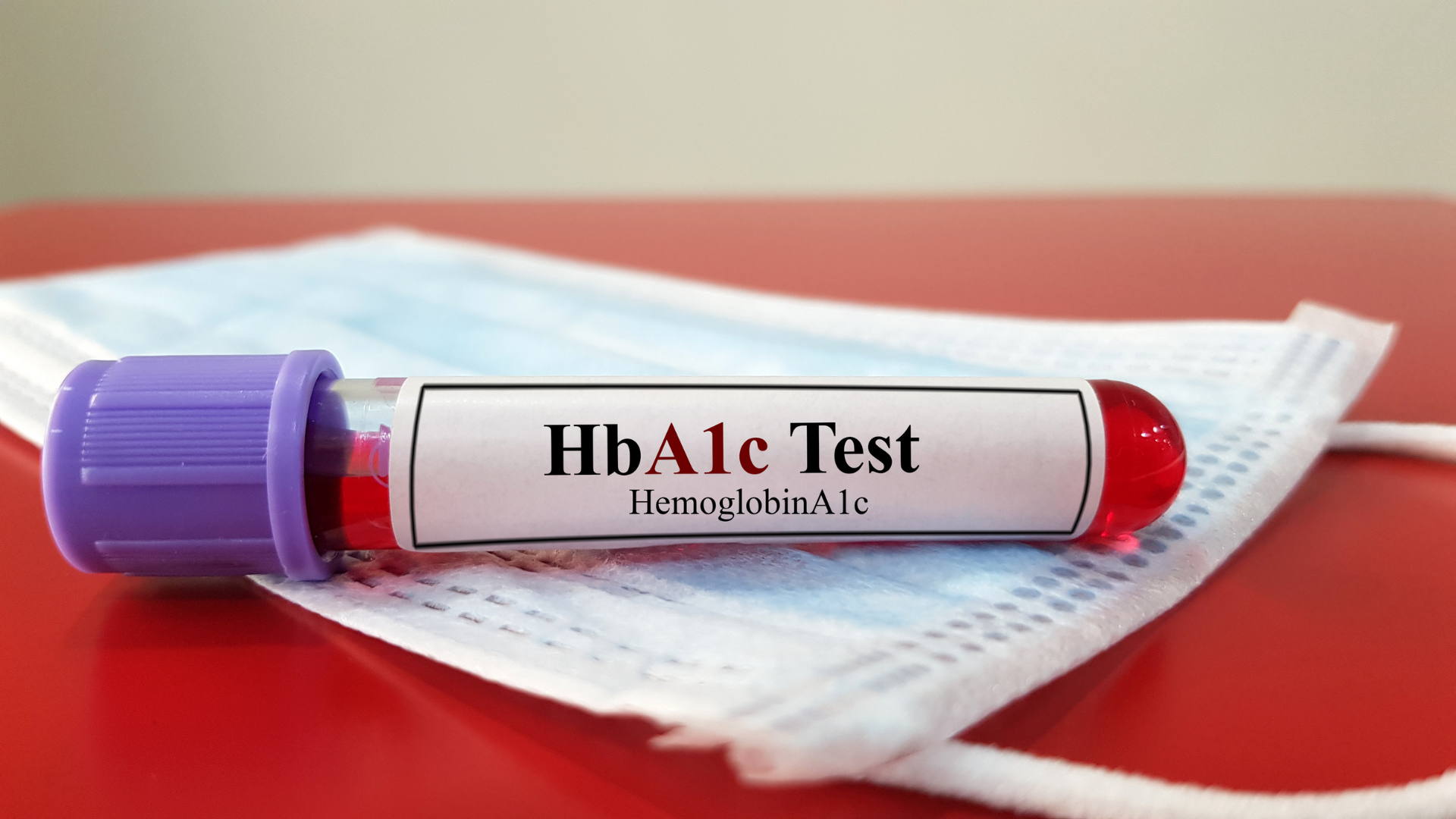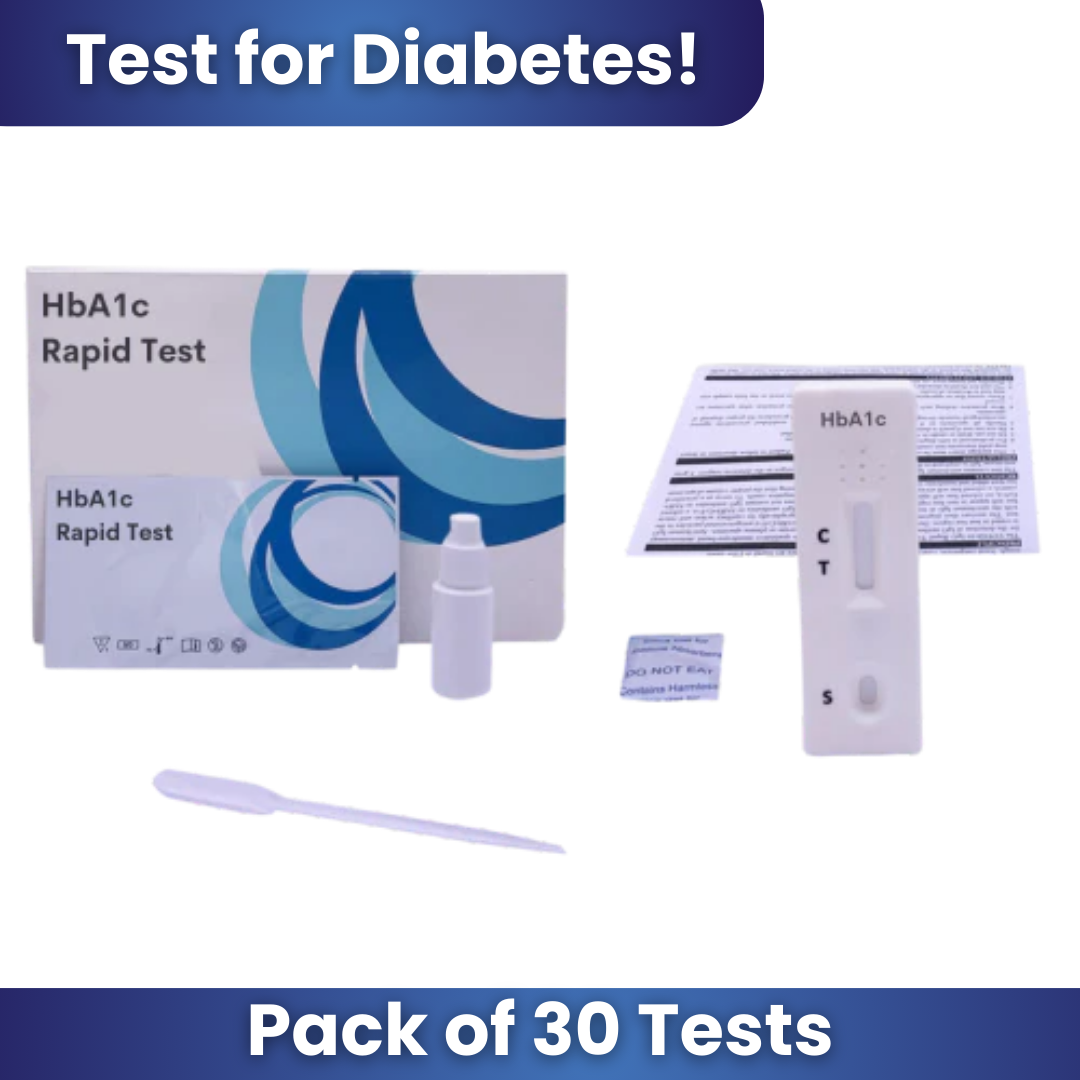Introduction: Why Pharmacists Should Offer Diabetes Tests
As the frontline of healthcare, pharmacists are in a unique position to assist in early detection of chronic conditions—especially diabetes. With rates of type 2 diabetes rising globally, accessible diabetes tests, such as the rapid HbA1c test, can be a game-changer in community pharmacy settings. This guide explores everything pharmacists need to know to better support patients who may be at risk.

What Is Diabetes and Why Early Testing Matters
Diabetes is a chronic condition characterized by elevated blood glucose levels due to either insulin resistance (type 2) or a lack of insulin production (type 1). Early detection is crucial. Many people live with prediabetes or undiagnosed type 2 diabetes for years without symptoms, leading to complications like cardiovascular disease, neuropathy, and kidney damage.
Common Signs Patients May Ask About
Pharmacists often hear questions or concerns about:
- Fatigue and frequent urination
- Unexplained weight loss or gain
- Increased thirst
- Blurred vision
- Slow healing of cuts or wounds
When patients describe these symptoms, it’s an excellent opportunity to recommend diabetes testing.

Why the Rapid HbA1c Test Is Important for Pharmacies
Unlike lab-based testing, the rapid HbA1c test offers:
- Results in under 10 minutes
- No fasting required
- Small finger-prick sample
- CLIA-waived options available
- FDA Approved, CE Marked, & Health Canada Licensed
This makes it perfect for community pharmacy settings—providing actionable insights in real time.
🧪 Tip: Use a certified point-of-care HbA1c device with appropriate quality control procedures to meet regulatory standards.
FAQs Pharmacists Might Hear About Diabetes Testing
Q: How accurate is the rapid HbA1c test?
A: Modern devices are highly accurate and comparable to lab results. It’s important to follow calibration protocols and ensure proper training.
Q: Is HbA1c affected by anemia or other conditions?
A: Yes. Iron deficiency anemia and certain hemoglobinopathies can affect results. Always consider medical history when interpreting values.
Q: What does an HbA1c result mean?
| HbA1c % | Interpretation |
|---|---|
| < 5.7% | Normal |
| 5.7–6.4% | Prediabetes |
| ≥ 6.5% | Diabetes |
A result over 6.5% indicates a high likelihood of diabetes and should prompt referral to a GP for confirmation and follow-up.
Q: Can the test be repeated?
A: Yes. For patients with borderline results or symptoms, repeat testing in a few months can provide better insight.

How Pharmacists Can Build a Diabetes Screening Service
- Train Staff: Ensure pharmacy assistants and technicians know how to guide patients.
- Promote Services: Use posters, newsletters, and social media.
- Document Results: Use templates to record and share data securely.
- Refer When Needed: Partner with local GPs or diabetes educators.
- Educate Patients: Offer lifestyle advice and discuss next steps.
Counseling Tips for Pharmacists
When a patient’s test suggests diabetes or prediabetes:
- Stay calm and non-alarmist
- Emphasize that early detection is a good thing
- Discuss the importance of diet, physical activity, and weight management
- Recommend annual or biannual retesting
- Provide printed information and refer to reputable resources like CDC’s Diabetes Info or Health Canada’s Diabetes Info
Final Thoughts
By offering diabetes tests, especially the rapid HbA1c test, pharmacists can play a proactive role in diabetes prevention and management. With minimal setup and a high impact on public health, it’s time to position your pharmacy as a hub for early detection and patient empowerment. Contact us for pricing and more information.